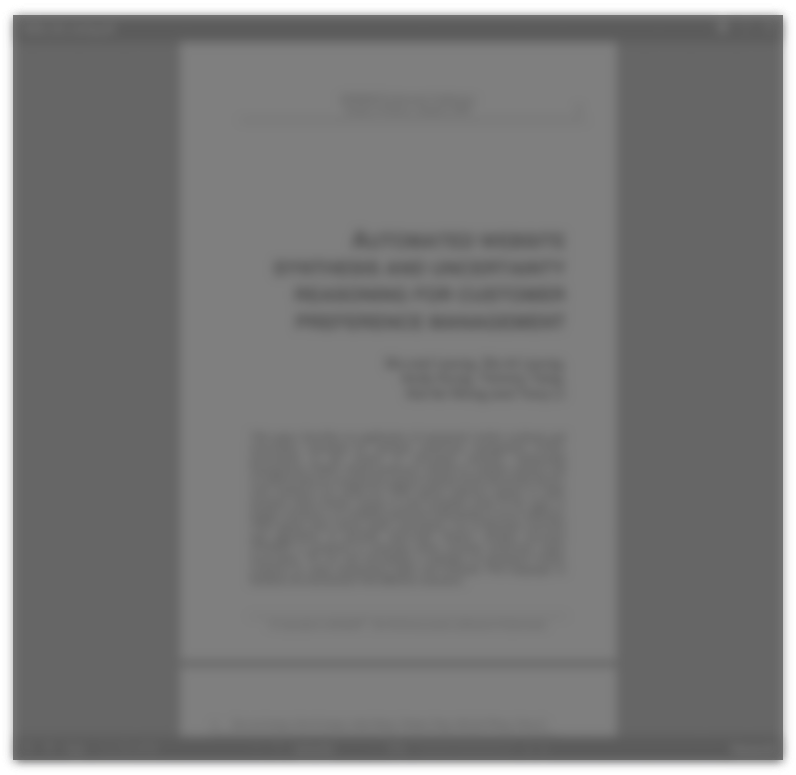Abstract:
In the first part, the various possible physical constraints on economic growth are analysed The conclusion is that there are no absolute physical limits to food production and that there is no universal or absolute physical scarcity of raw materials. The real problem is access to these raw materials due to their uneven geographical distribution which creates political risks of discrimination. The second part then examines the macro-economic and social constraints on economic growth. The list of such constraints is an impressive long one: insufficient private investment, balance of payments deficits, inflation, increasing costs, changes in competitive positions, changing social values, institutional sclerosis, etc. which seem to be more important than physical constraints. In the third part, various possible or plausible future macro-economic growth scenarios (frameworks/orders of magnitude up to the year 2000) are presented in a tentative/speculative way. The conclusion is that the most plausible scenario seems to be a moderate one with elements of slow growth. Finally, the fourth part investigates the basic characteristics society -in opposition to the consumer one- towards which the industrial societies seem to be slowly evolving during the next of a conserver developed twenty years.
This could also be of interest:
Research Papers
 Slow burn to fiery flame
Slow burn to fiery flame
Catalogue: Asia Pacific 2016: Get Connected!
Author: Ritanbara Mundrey
 May 19, 2016
May 19, 2016
Research Papers
 Industrial market segmentation
Industrial market segmentation
Catalogue: Seminar 1981: Industrial Marketing Research
Author: Laszlo Unger
Company: Givaudan
 October 1, 1981
October 1, 1981






